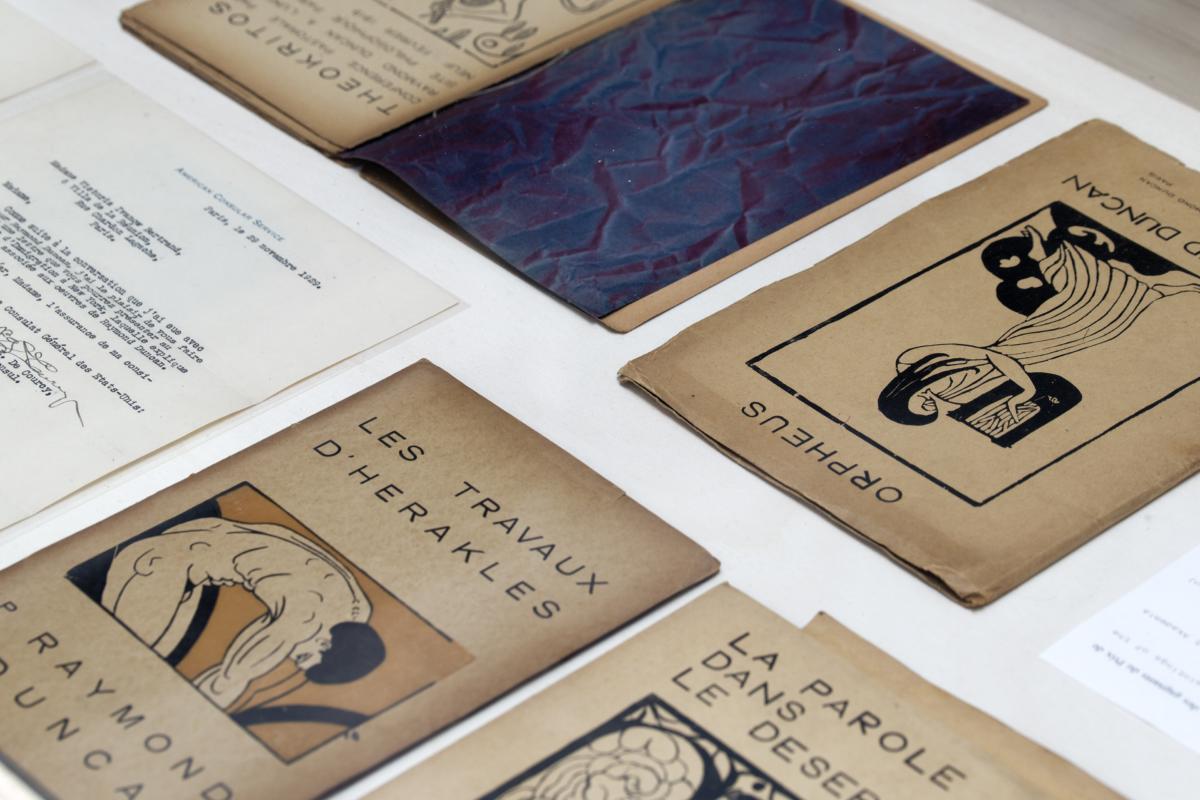
Akademia: Performing Life looks at narratives and themes springing from the Akademia, a community and school that offered courses in dance, art and crafts, hosted an art gallery, a publishing house and staged theatre and dance pieces between the 1910s and 1970s in Paris. Established by Raymond Duncan (1874-1966), American dancer and artist, and from the 1920s co-run by Aia Bertrand (1891 – 1978), a dancer, writer and expatriate from Latvia, the school was a manifestation of their ideological syncretism blending socialist principles, the desire to revive ancient Greece and a “natural” Latvian way of life. The exhibition seeks to explore the ideas embodied by Akademia as potential alternatives to established educational models, modes of creating and collective living. Equally, it acknowledges and critically details the potential risks that such utopian communes, that mindlessly follow the ideas of individual leaders, hold in shifting towards radicalism.
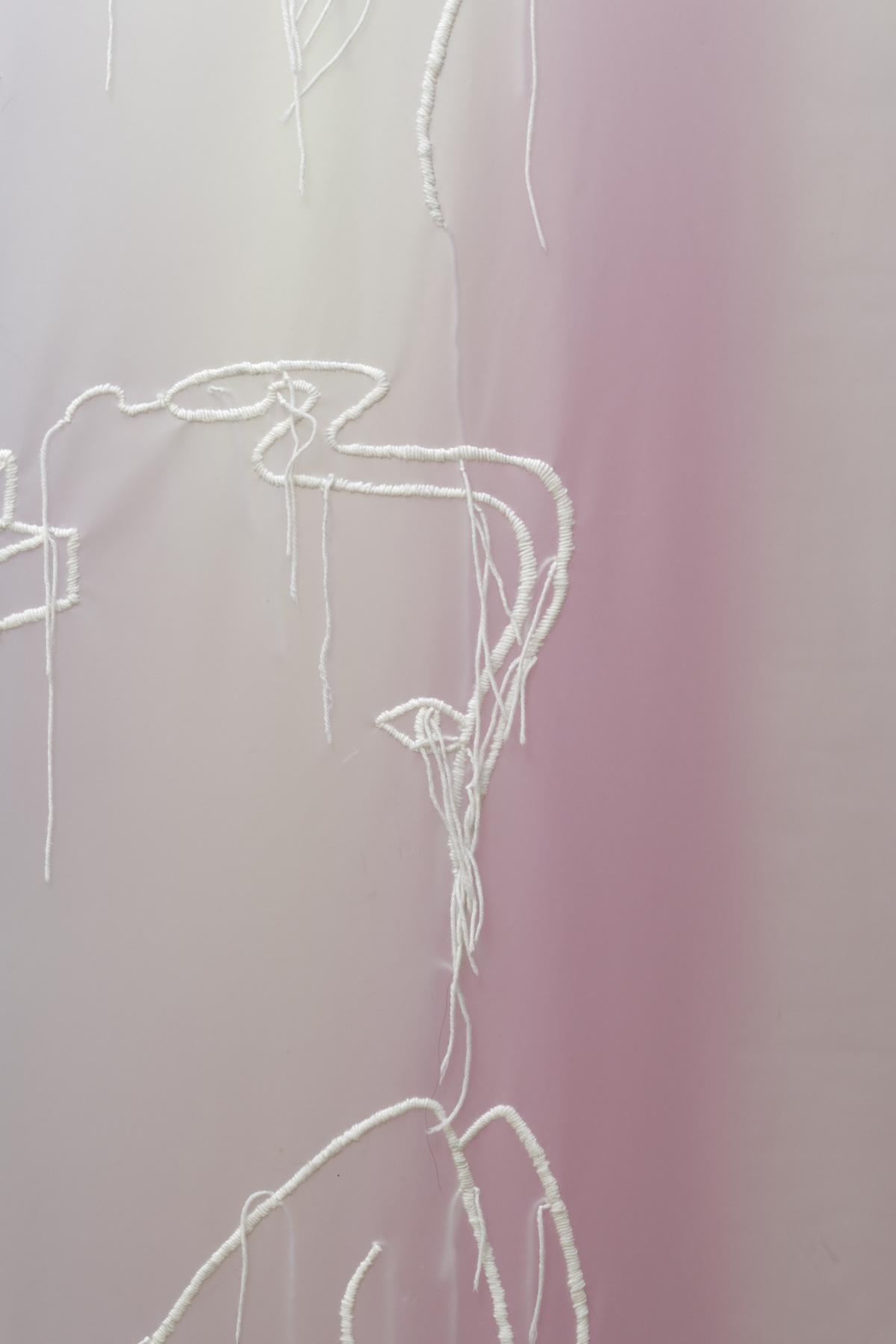
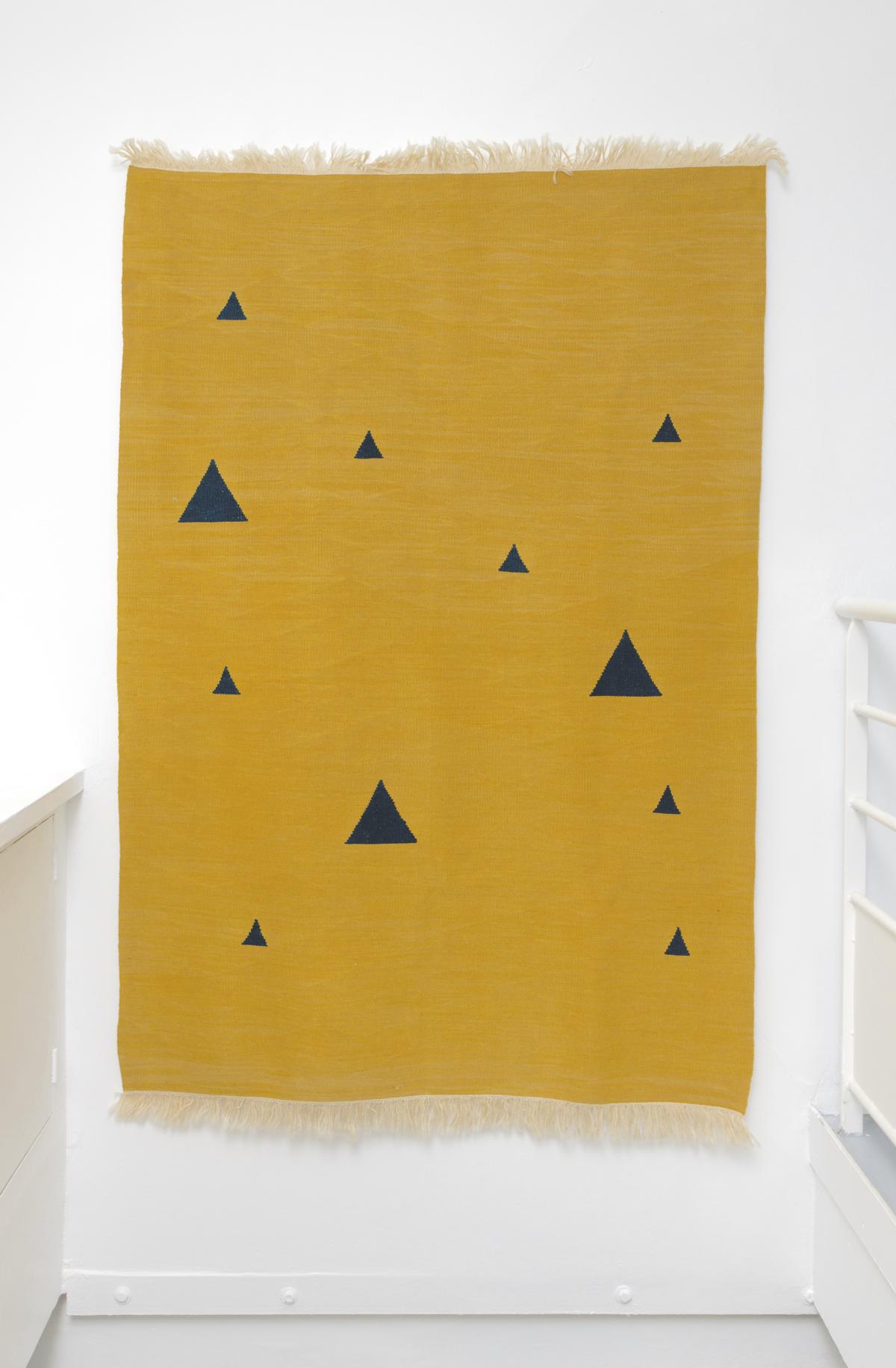
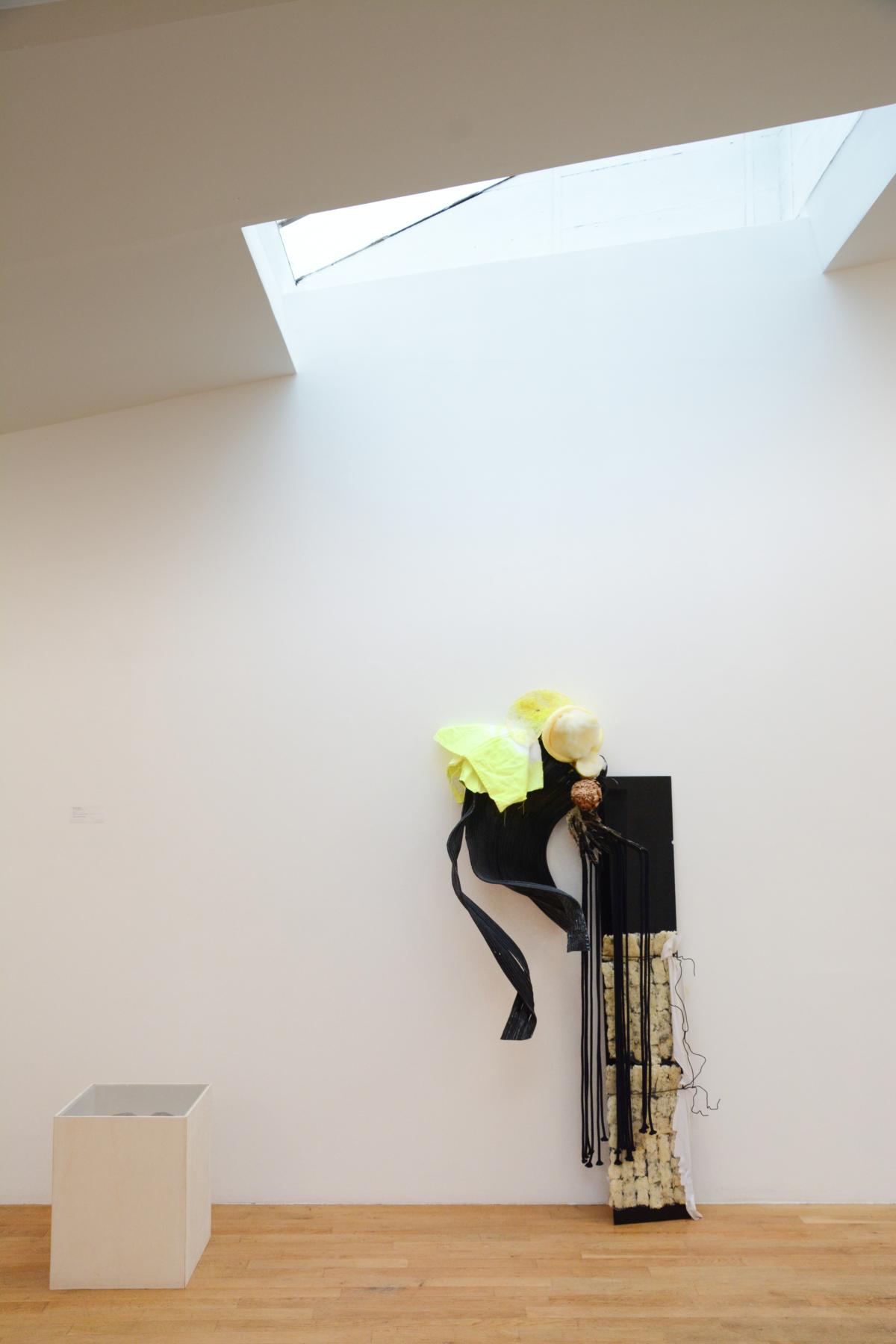
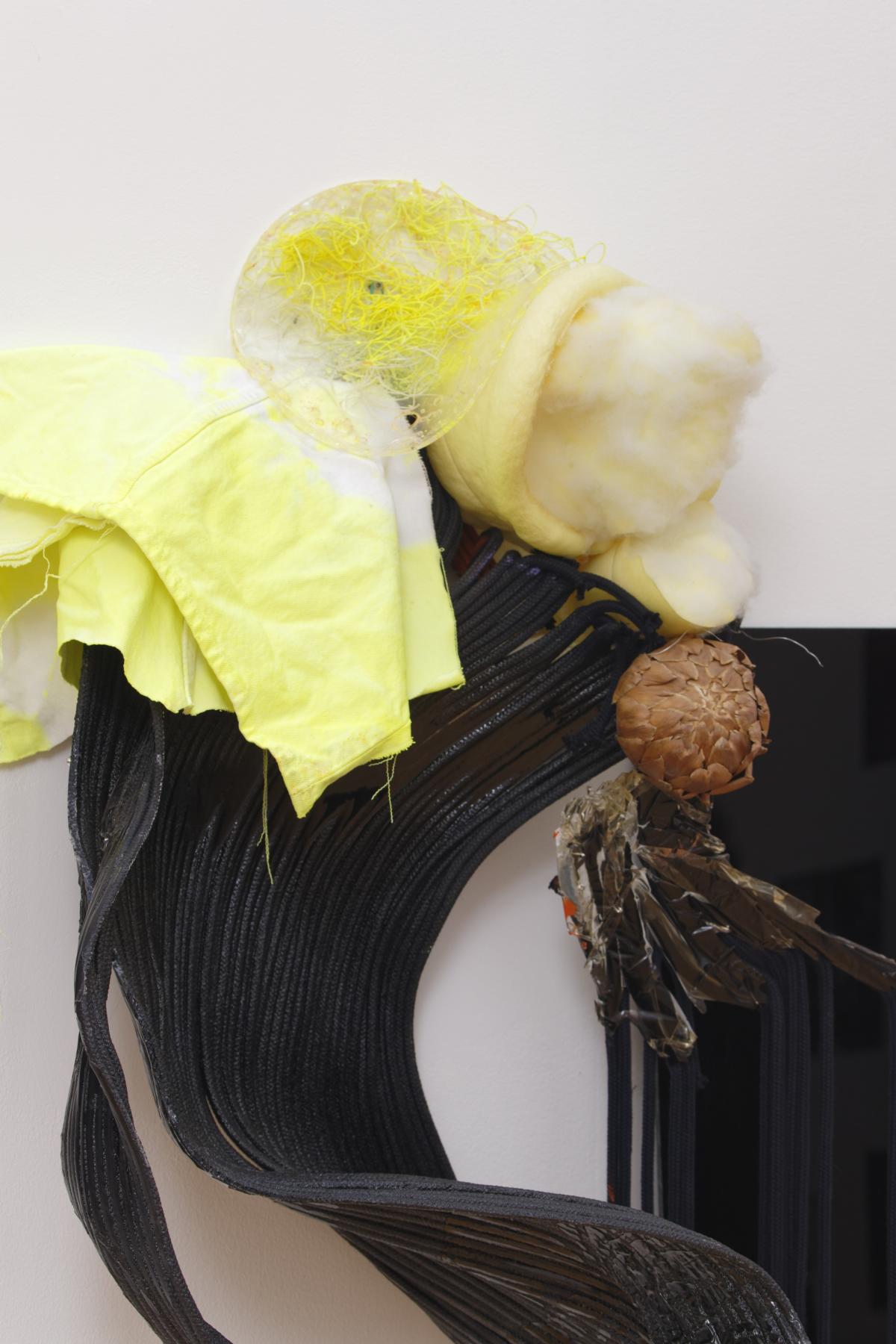
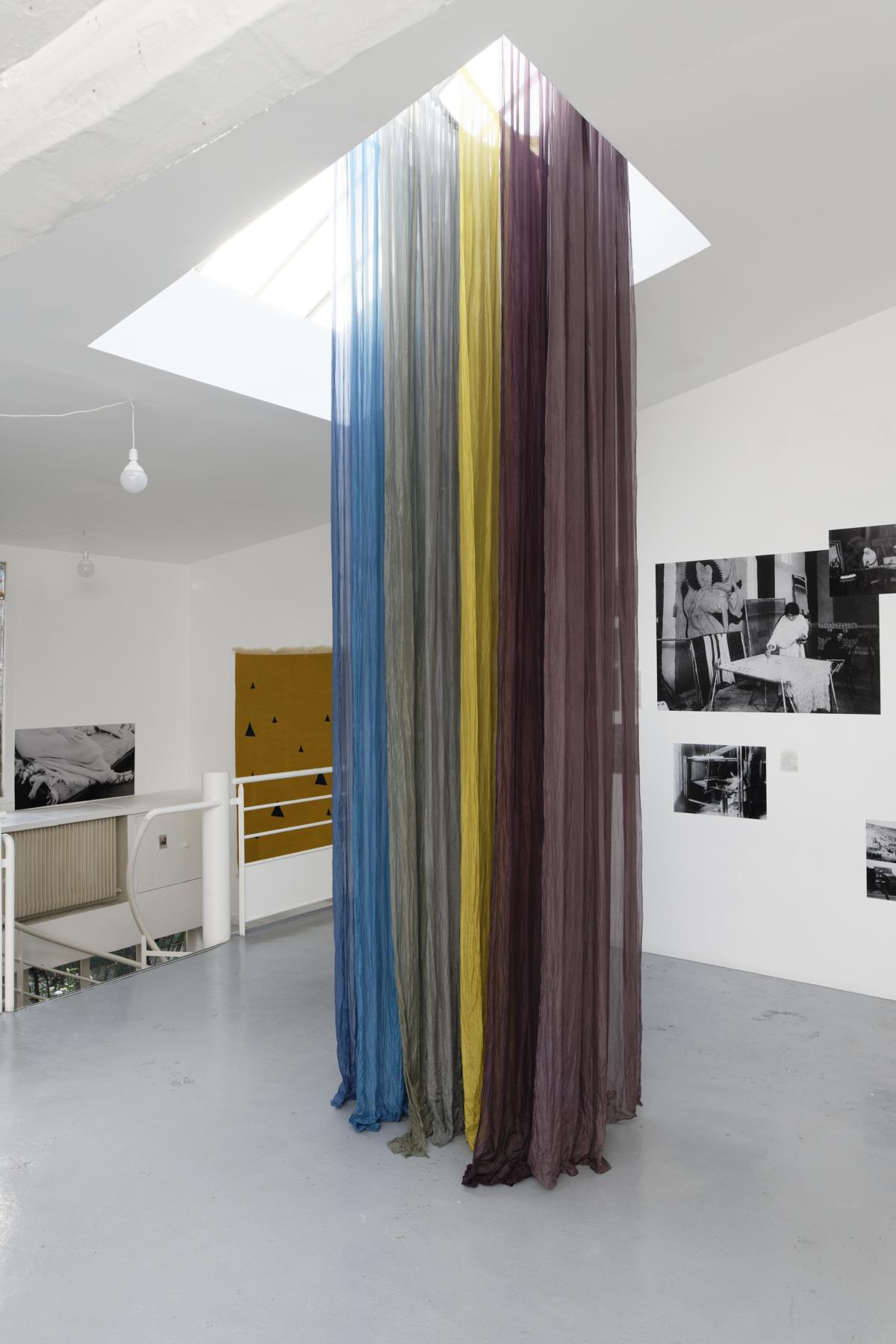

Focussed mainly on actions themselves – be they live art performances, gymnastics lessons or physical labour vision of art developed at the school with embroidered “scripts” which are starting points for the development of her performative work. When he was 17, Raymond Duncan designed a theory of movement based on the economy of work and awareness of the body during labour. He developed a gymnastics method intended to prepare bodies for dance but also as a salvation tool for humanity. Over the course of four workshop sessions, Yaïr Barelli will work to reinvent and develop these early theories through physical practices, such as yoga and dance, in order to create a collective experience as well as a trace that could be called an « artwork ». In her work Equal Tense, Ieva Balode references dance practices that re ect on the ideas of cross-cultural, sexual and humanitarian equality. Promoting a healthy, simple life, a return to nature, a diffusion of art in everyday practices and a liberation from sexual and family norms, Raymond Duncan strongly opposed industrialization, capitalism and the bourgeois lifestyle and family, which according to him were the sources of the dehumanization of modern life. In Green School, Ieva Epnere chooses to work on ideas of alternative education put forward through the example of a kindergarten (the Green School), that existed in the suburbs of Riga from 1900, whose pedagogical approach resonates with that of Akademia.
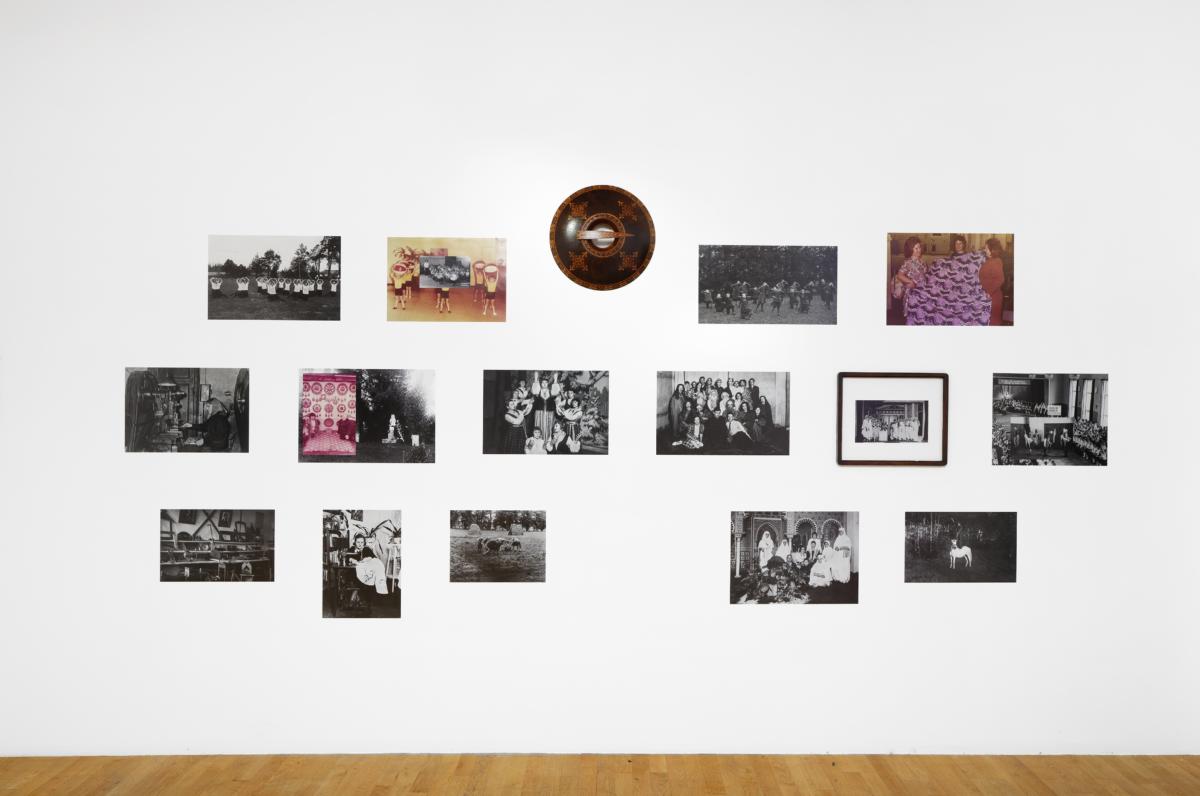



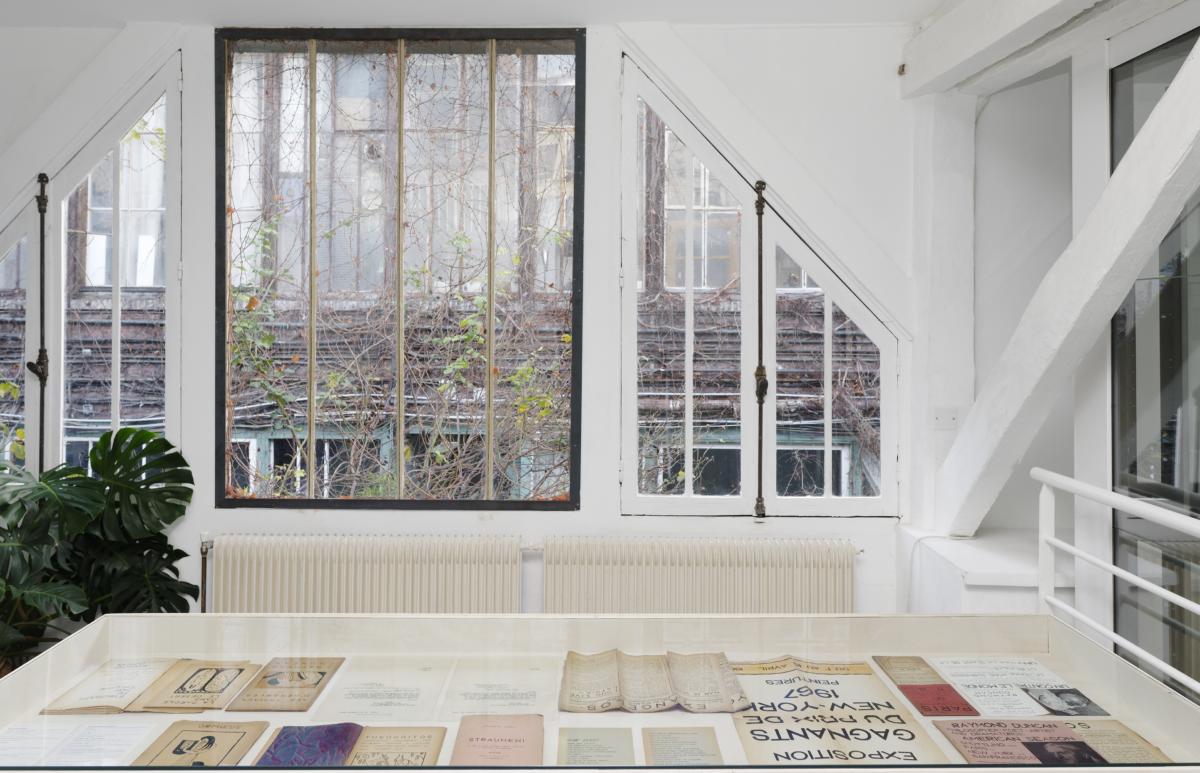

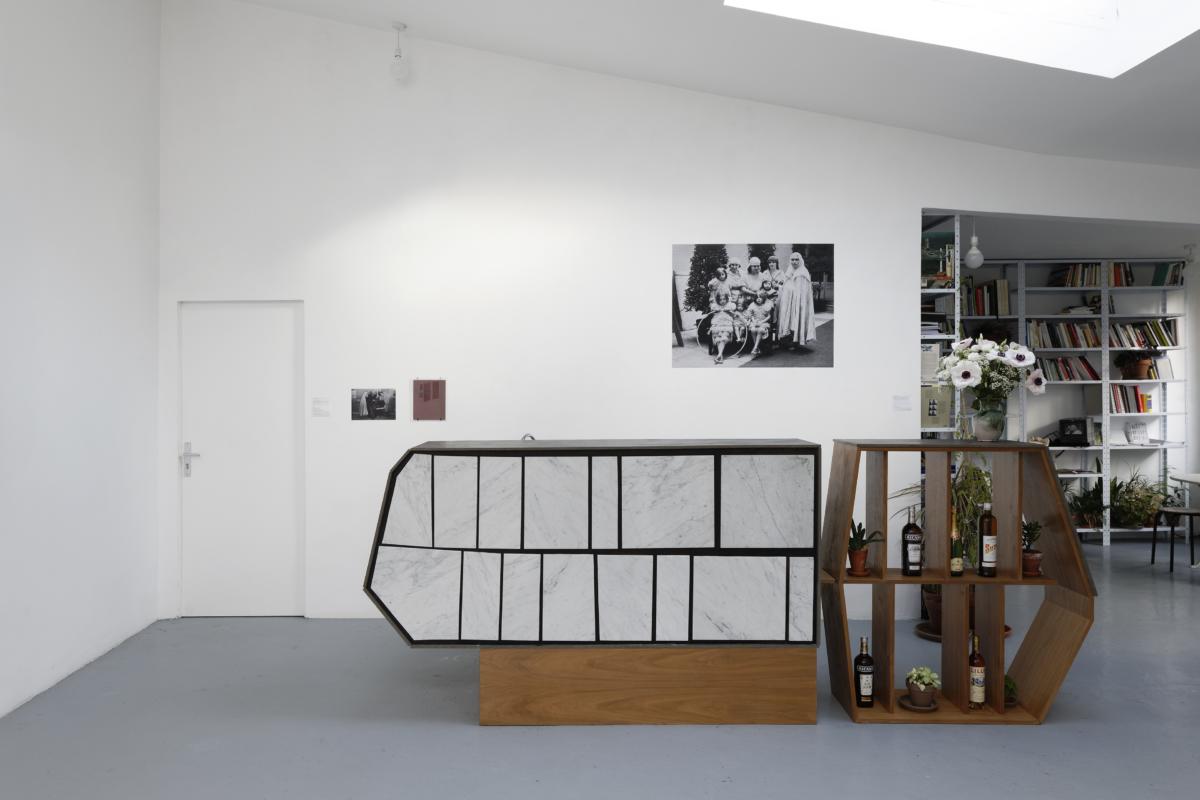
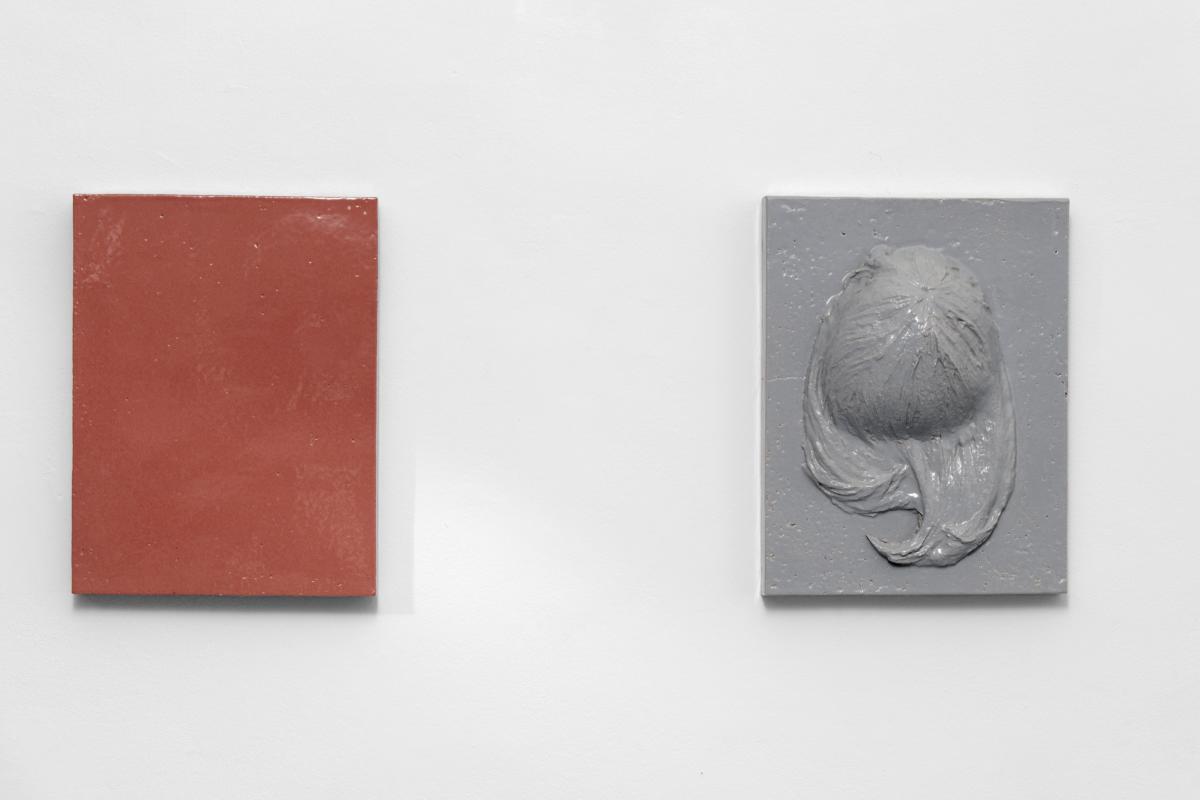
While Raymond Duncan’s larger-than-life character often stole the spotlight, the exhibition also highlights the many lives of Aia Bertrand, whose role has yet to be properly acknowledged. In addition to being a dancer, weaver, editor of Akademia publications, Bertrand managed the art gallery, the weekly concert series, the sandal production and often the theatre productions. She was also a link to the Latvian community in Paris; for a while, the Latvian embassy was even hosted in the building of the Akademia, giving it a role in cultural diplomacy. Highlighting the missing that often accompanies research, Myriam Lefkowitz draws thoughts on the life of Aia Bertrand through multiple hypnosis sessions, then uses the created narratives as starting points for a performance. In the meanwhile, in her sculpture Ink waves cobble bread, Daiga Grantina references Duncan’s quirky and unconventional public image and evokes the outline of the couple he formed with Bertrand. The use of deep black, the bread and curves are a nod to the ink of the letter press, the daily life and dance style of Akademia.
Akademia often hosted shows and philosophical debates on issues they considered topical to modern lifestyle or politically engaging. (-) auteur evokes the spirit of Akademia, an open house for radical creativity, by activating the exhibition space with performances. Andrejs Strokins works with vernacular photographs from the interwar and Soviet period in Latvia, looking for visual similarities with performances held at Akademia, inquiring into how different ideologies and political regimes can produce similar aesthetics.
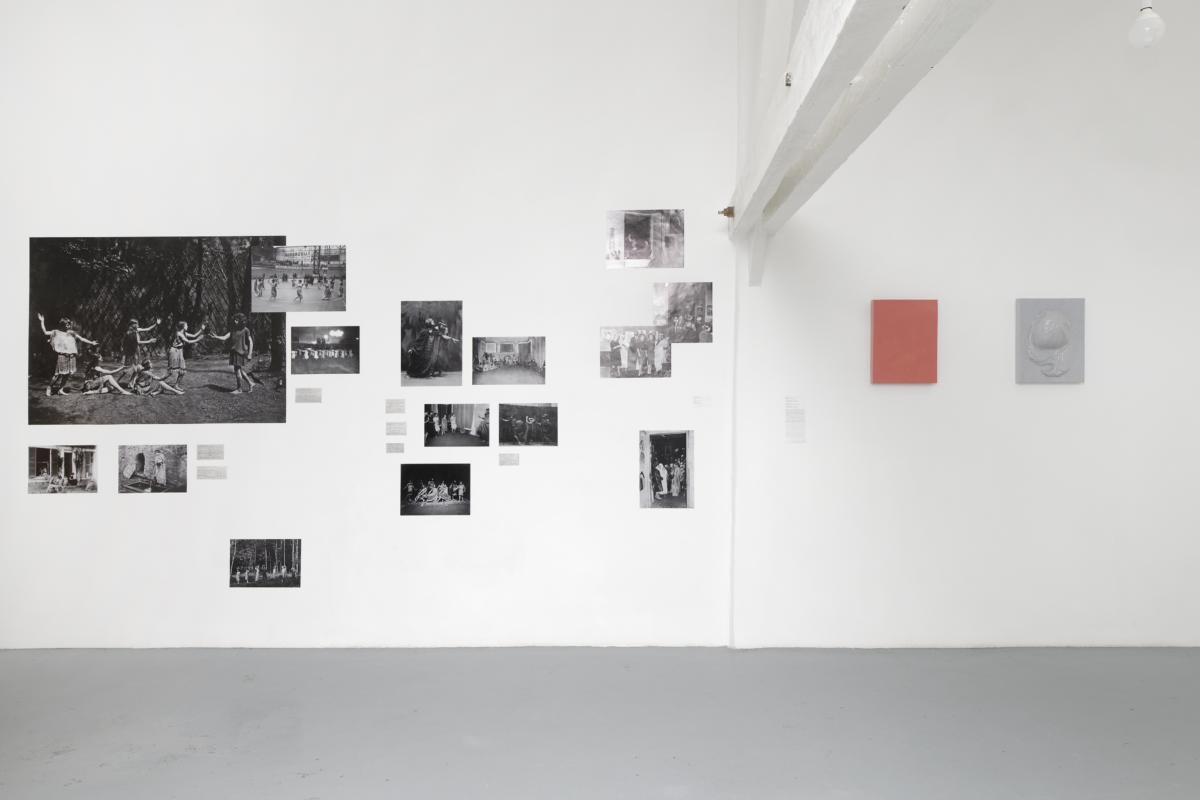
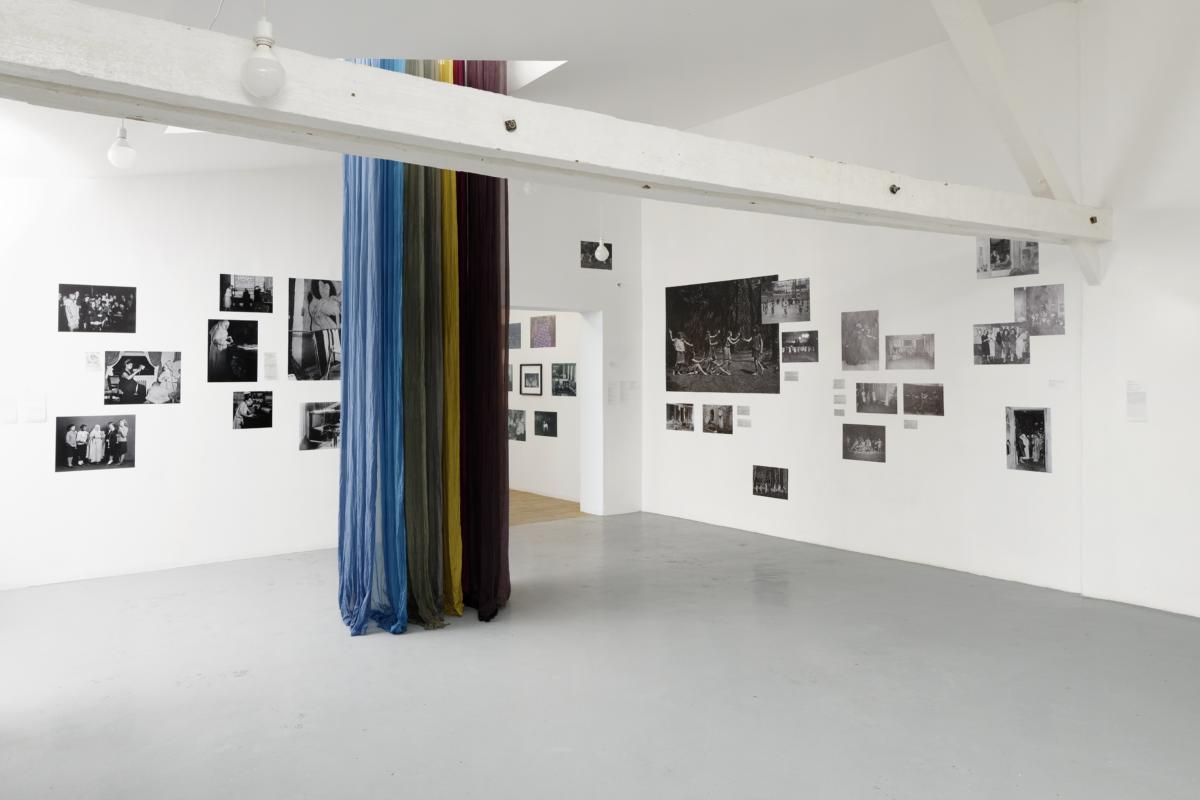
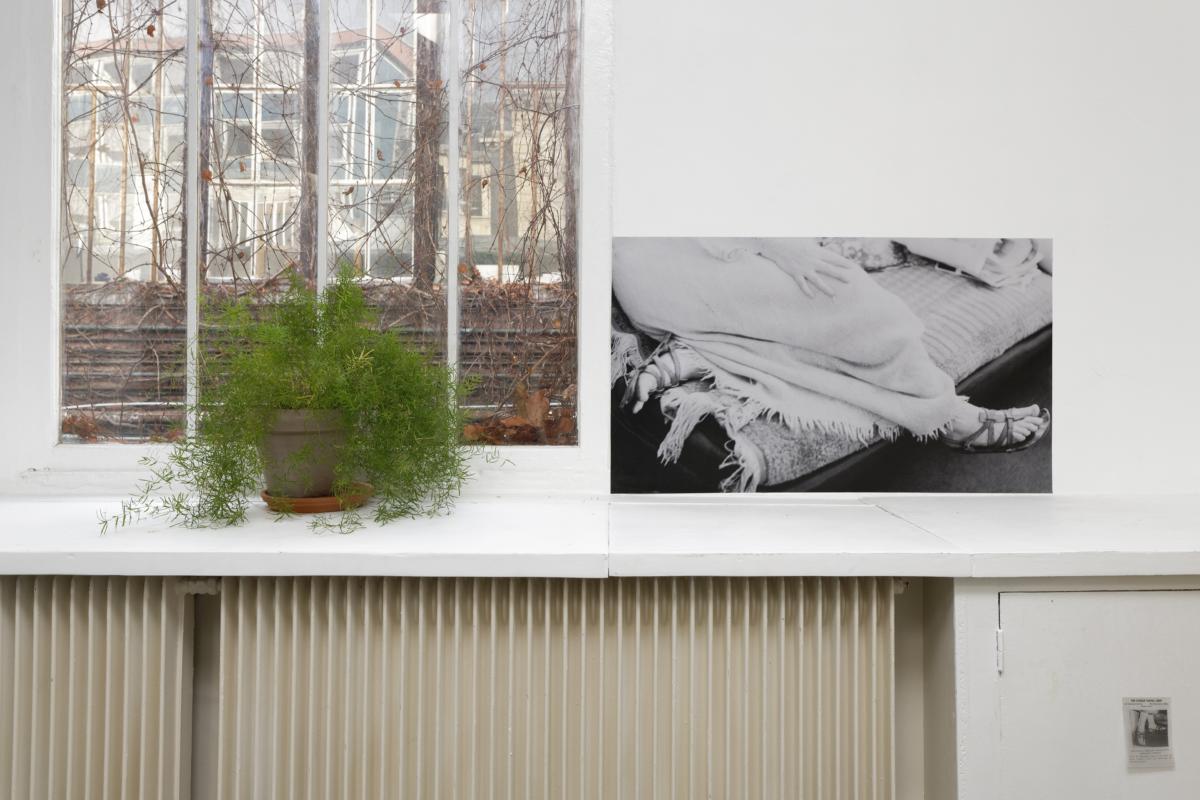
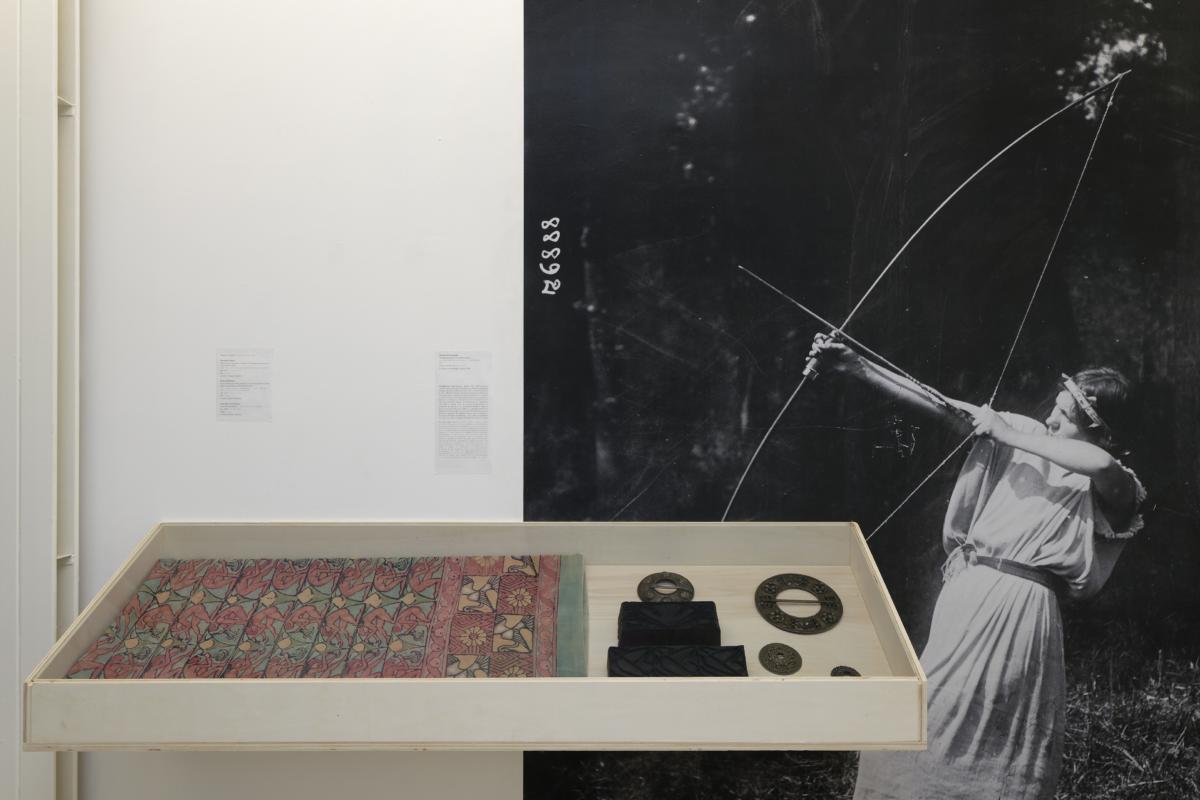
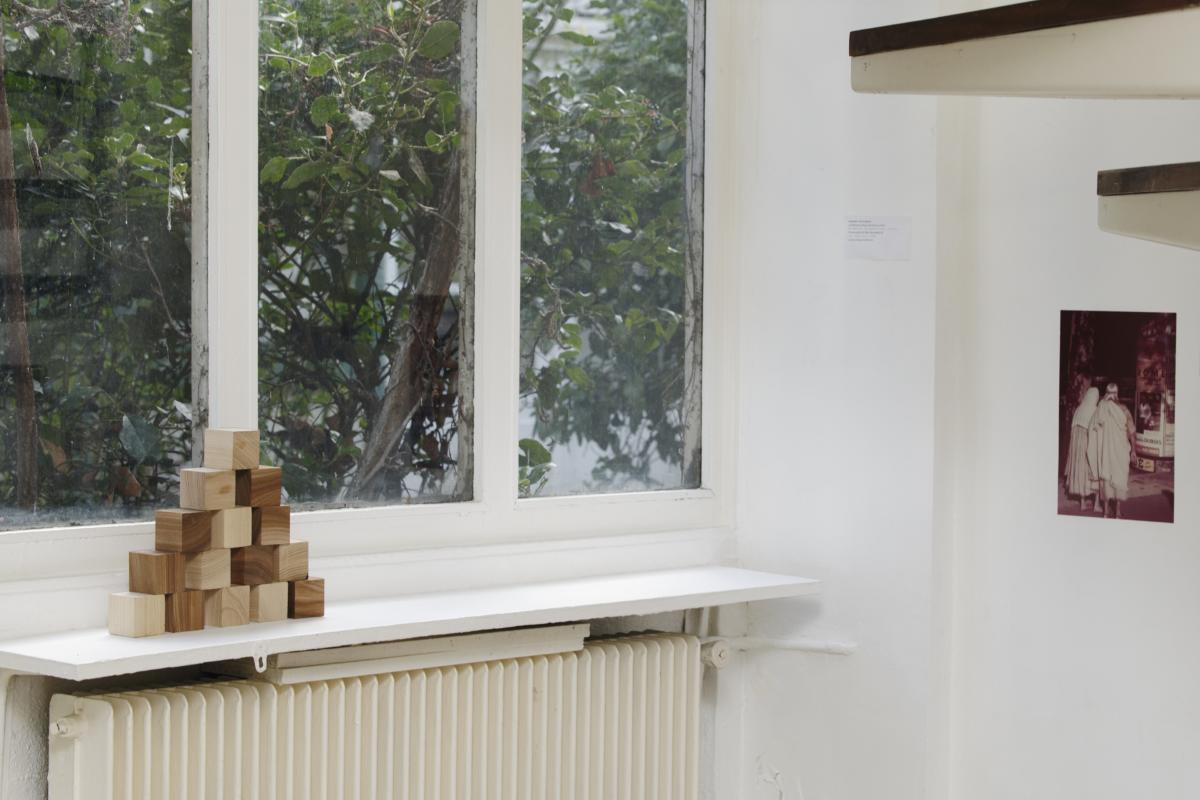
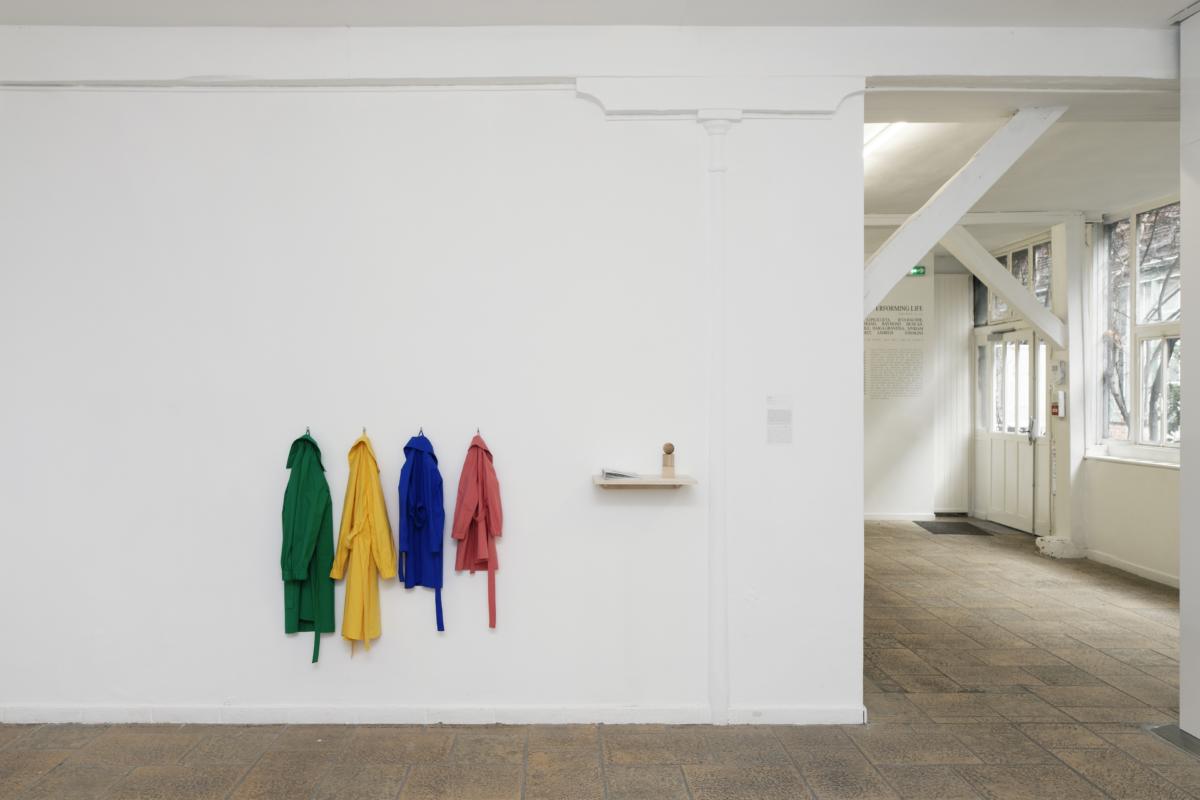
As a counter-point to Akademia’s initial utopian promises, Mai-Thu Perret shows part of her ongoing project entitled The Crystal Frontier, which focuses on a utopian feminist community combining radical feminist politics with literature, craft and the avant-garde.
Solvita Krese & Inga Lāce, Latvian Centre for Contemporary Art
Akadémia: Perfoming Life is a collaboration between the Latvian Centre for Contemporary Art, Riga, and Villa Vassilieff, Paris, and is as part of the contemporary art and research project Portable Landscapes which examines the stories of exiled and emigré Latvian artists in Paris, New York, Sweden and Berlin, locating them within the broader context of 20th-century art history, and wider processes of migration and globalization. The exhibition will have its next iteration at the Latvian National Museum of Art on April 27 – June 17, 2018.
Imprint
| Artist | (-)auteur, Mercedes Azpilicueta, Ieva Balode, Yaïr Barelli, Aia Bertrand, Raymond Duncan, Ieva Epnere, Barbara Gaile, Daiga Grantina, Myriam Lefkowitz, Mai-Thu Perret, Andrejs Strokins |
| Exhibition | Akademia: Performing Life |
| Place / venue | Villa Vassilieff, Paris |
| Dates | January 13 - March 24, 2018 |
| Curated by | Solvita Krese, Inga Lāce |
| Photos | Aurélien Mole |
| Website | www.villavassilieff.net |
| Index | (-)auteur Aia Bertrand Andrejs Strokins Barbara Gaile Daiga Grantina Ieva Balode Ieva Epnere Inga Lāce Mai-Thu Perret Mercedes Azpilicueta Myriam Lefkowitz Raymond Duncan Solvita Krese Yaïr Barelli |
